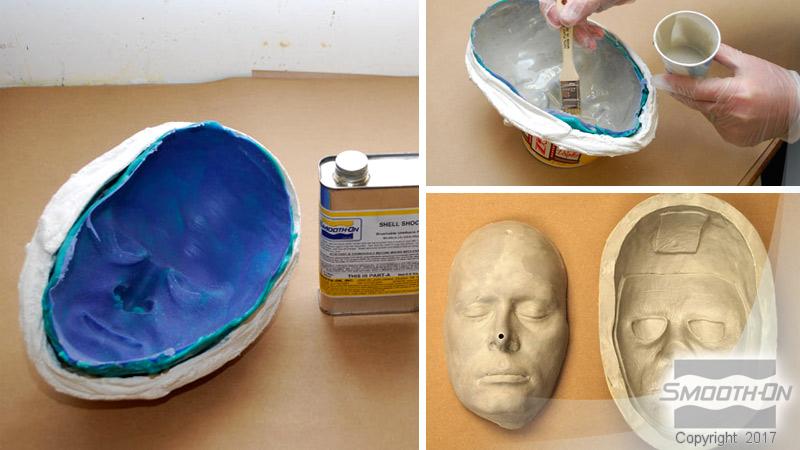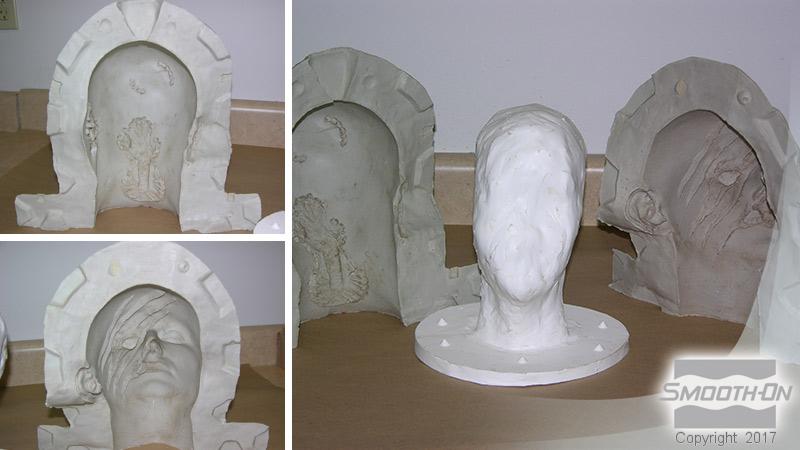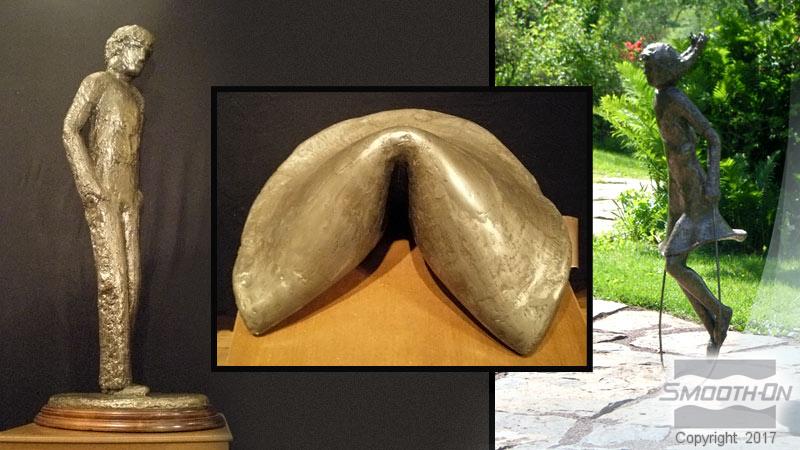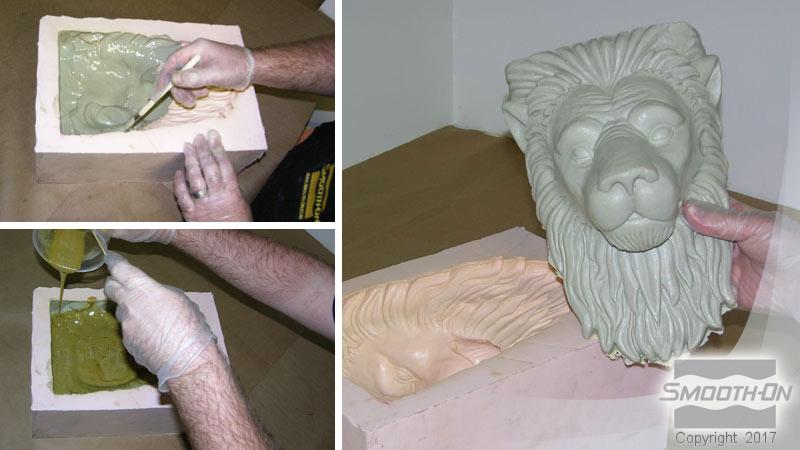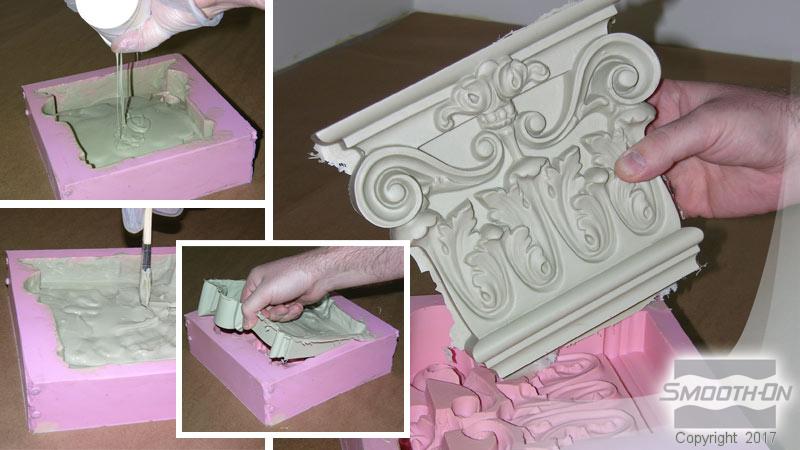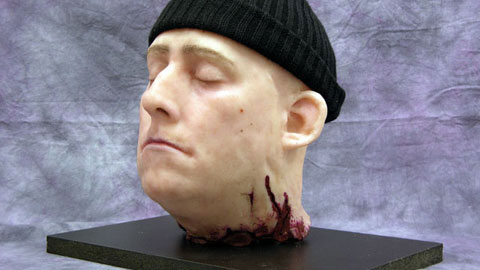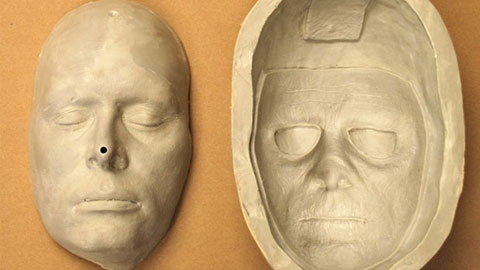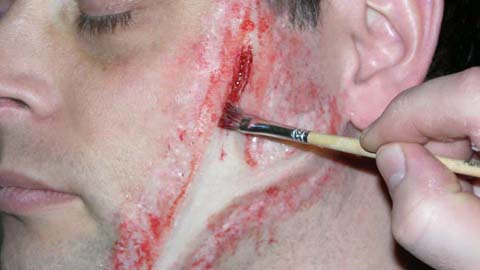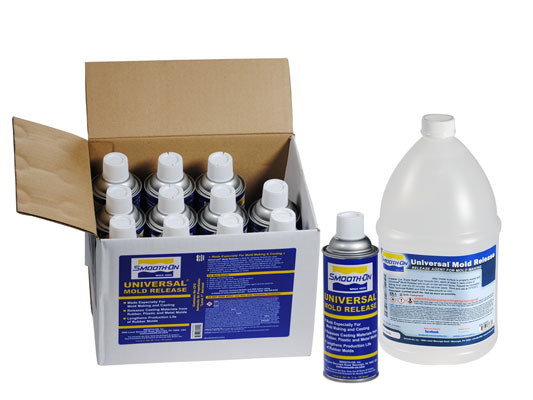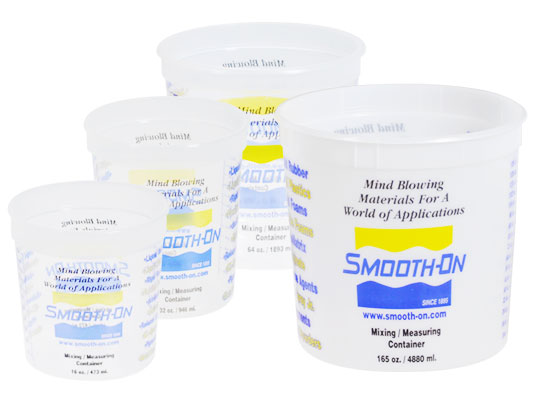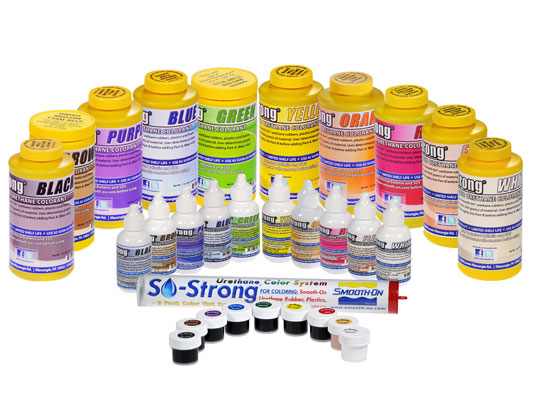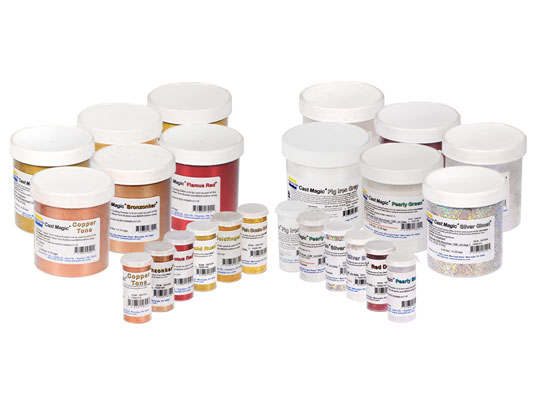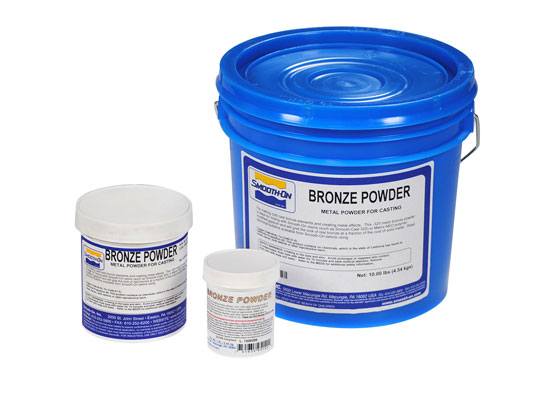Shell Shock® SLOW
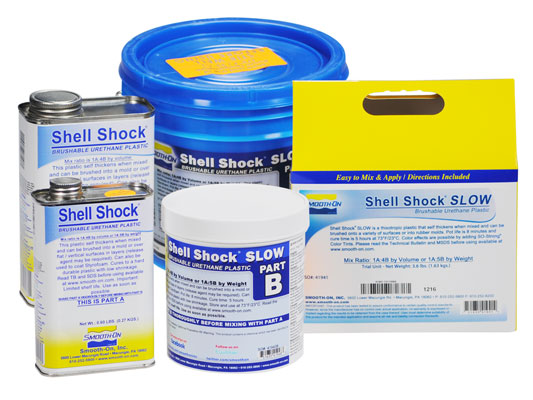
特征
ShellShock®树脂非常适合制作快速、轻质的刚性模具,用于制造硅胶器具和特效(可用作“石材模具”的替代品)。也可以将“胶衣”涂刷在橡胶模具上,并用硬质发泡支撑,制成高细节的轻质浇注件。产品也可以刷在聚苯乙烯泡沫塑料(聚苯乙烯)上作为抗冲击涂层,可以打磨、涂底漆和上色(推荐最少3层)。Shell Shock®树脂也可用于制作橡胶模具的刚性支撑壳。
说明
Applying A Release Agent - A release agent is necessary to facilitate demolding when applying into or over most surfaces. Use Mann’s Ease Release 200 which will release both urethanes and silicones. A liberal coat of release agent should be applied onto all surfaces that will contact the plastic. IMPORTANT: To ensure thorough coverage, apply release and brush with a soft brush over all surfaces. Follow with a light mist coating and let the release agent dry for 30 minutes.
When casting silicone into a mold made with Shell Shock®, a release agent is not necessary, but applying a release agent will make demolding easier and will prolong the life of the mold.
IMPORTANT: Shelf life of product is reduced after opening. Remaining product should be used as soon as possible. Immediately replacing the lids on both containers after dispensing product will help prolong the shelf life of the unused product. XTEND-IT® Dry Gas Blanket (available from Smooth-On) will significantly prolong the shelf life of unused liquid urethane products.
Mixing - PRE-MIX PART-B BEFORE YOU BEGIN. After pre-mixing Part-B, dispense required amounts of Parts A and B into mixing container and mix thoroughly for about 1 minute. Stir deliberately, making sure that you scrape the sides and bottom of the mixing container several times. Material will begin to thicken almost immediately.
Applying - Using a clean brush for each layer, apply layers of plastic until desired thickness is attained (3/8” or 1 cm is recommended for minimum physical strength). Make sure your first coat is a thin layer applied with a ‘stippling’ motion to minimize air bubbles.
Curing - Important: Use this product with at least room size ventilation or in proximity to a forced outlet air vent and do not inhale/breath fumes. Fumes, which may be visible with a significant mass concentration, will quickly dissipate with adequate ventilation. Castings with significant mass may be hot to the touch and irritate skin immediately following cure. Let casting cool to room temperature before handling.
Demold time of the finished casting depends on mass and mold configuration. Low mass or thin-walled castings will take longer to cure than castings with higher mass concentration.
If making rotational or hollow castings, backfilling with a rigid foam (Foam-iT! 5 or other) will provide lightweight reinforcement. Foam backfilling is recommended if castings will be subjected to temperatures above 85°F / 30°C.
Post Curing - Although not necessary, post curing will increase physical properties and material performance. After curing at room temperature, expose material in the mold to 150°F/65°C for 2 hours. Let cool to room temperature before use.
Performance - After building enough layers, cured material is rigid, hard and durable. Material will resist moisture, moderate heat, solvents, dilute acids and can be machined; primed/painted or bonded to other surfaces (any release agent must be removed). Before sanding or machining, let Shell Shock® Slow cure overnight at 73°F/23°C. If machining castings, wear dust mask or other apparatus to prevent inhalation of residual particles. Castings can be displayed outdoors after priming and painting. Unpainted castings will darken after being exposed to UV light. Because no two applications are the same, a small test application to determine suitability is recommended if performance of this material is in question.
